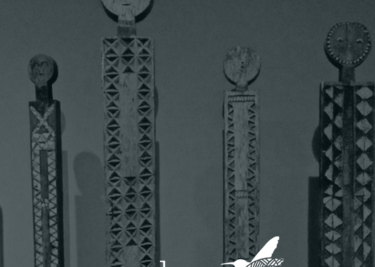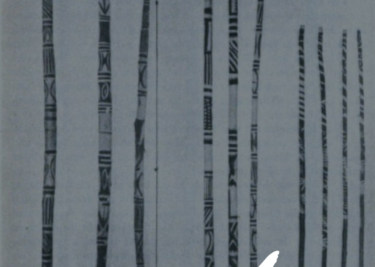Abaluhya Death Rites
The Abaluhya community consists of 18 subtribes that speak different dialects of the Luhya language. The subtribes are: the Bukusu, the Tatsoni, the Kabarasi, the Tsotso, the Wanga, the Isukha, the Batura, the Nyole, and the Tiriki; the Tachoni, the Nyala, the Marachi, the Maragoli, the Khayo, the Kisa, the Masaaba, the Samia, and the Marama.
Despite the dissimilarity in language, ceremonies and rituals practiced among all were similar.
Funerals were respected occasions because the deceased was joining the ancestors. Burial rites lasted up to 40 days and went on this long to appease the ancestors.
When the announcement was made that a person had died, women ran around the family’s village wailing as a way of announcing that there had been a loss nearby. The information on who had died was soon realized and if the body was in the family compound, community members went into the home to view the body as confirmation that the person was no longer alive. There was no rush to depart the compound after viewing and most visitors stayed to mourn with the family of the deceased. This went on for two days and the body was kept in the home to give the immediate family a final moment with the departed.
Burials were done in family compound with graves dug between three to four feet. The body was buried facing East.
While Luhya subtribes had a similar way of sending off their community members, there was an interesting dissimilarity in the way the Maragoli and the Tsotso buried.
The Maragoli buried old men lying on the right side and younger men were buried on the left side. The Tsotso buried all on their left side. The right ear was blocked with a pebble to prevent soil from falling in.
If a man died during battle, his widow was given his spear and shield which she carried during his funeral. Once the body had been lowered into the ground, the spear and shield were given to his eldest brother.
Still, in all Luhya death rites, a bull and several chickens were sacrificed as respect to the ancestors. The meat was the meal of the ceremony but only the elderly in the family and the clan of the deceased could partake in this meal. All immediate family members were required to shave their heads; sometimes this requirement extended to family members such as cousins.
*
Tell us more about burial processes in other Luhya subclans – are they similar? What’s still practiced today?



